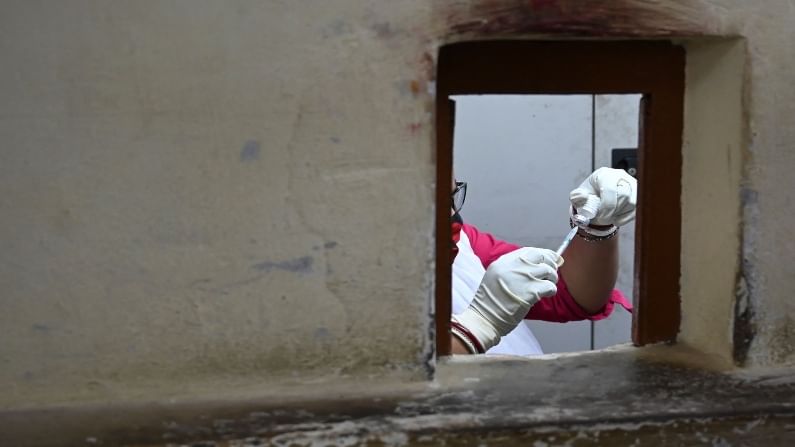Covid vaccine above 18: PM Narendra Modi takes the vaccination drive to the next level at opportune time
In a meeting chaired by Prime Minister Narendra Modi, it was decided that flexibility is going to be cornerstone of the new approach of the government that would allow the states to buy vaccines and administer them to anyone above 18

This is an age of decontrol and decentralisation and the Centre has used this mantra to take forward the battle against COVID that is threatening to engulf the economy in its second wave. When the need of the hour is to push scale and speed, decontrol is perhaps the best way of marshalling whatever resources are available from all sections of society.
The Centre on April 19 rightly decided to take a balanced approach where both the state and market forces are married into a harmonious approach to rise to the challenge.
Instead of segregating the population into susceptible groups, the government has decided that all adults will be inoculated in a drive from May 1.
It will address the problem of a growing share of the young getting infected by the virus as compared to the first wave last year. The infection curve is also rising at a far steeper rate than the first phase and it has already necessitated lockdown and lockdown-like conditions in Delhi and Maharashtra and is threatening to swamp other states such as Uttar Pradesh too.
In order to speed up the rate of vaccination – only about 1% of the country’s population has been delivered the jab so far – the government has decided that vaccines will be available in the open market. This means it will add more avenues of administering the vaccines to the population who are already putting the regular resources such as state-run and private sector hospitals under great stress.
However, the most important step appears to be the freedom of the vaccine manufacturers to sell 50% of their supply to state governments and in the open market at a pre-declared price. The companies would continue to send half of their produce to the Centre.
It seems to be a judicious approach. If the states are expected to work on the strategy to counter the infections such as preparing hospital beds and safe homes and decide and enforce lockdowns in different areas, they should justifiably have the freedom to procure and administer vaccines too.
Significantly, the letter written to Prime Minister Narendra Modi by former Prime Minister Manmohan Singh also suggested that freedom be given in the distribution of vaccines for faster inoculation.
The battle against the virus is quite unlike any challenge in human history in the past 100 years. Therefore, the response, too, has to be out of the box.
Last week, the Centre side stepped the copybook approach and fast-tracked approvals for vaccines that are in use in the developed economies of the US, the UK, European Union and Japan and opened up the Indian market for them.
Money9 not only endorsed the out-of-the-box approach but also suggested that the nation puts together a COVID taskforce drawing on the best managerial talents available in this country beyond the government circles to unleash the maximum firepower against this killer virus. We also suggested that the government ‘conscripts’ pharma companies and ask them to urgently begin production of vaccines to combat the virus.
Also Read | Money9 Edit | Vaccination drive: Strengthen the free window, but let others pay
On April 19, the government also said that manufacturers would transparently make an advance declaration of the price for 50% supply that would be available to the state governments and open market before May 1 and based in this price state governments, private hospitals, industrial establishments, etc, would be able to procure vaccine doses from the manufacturers.
Private hospitals would procure supplies of vaccines exclusively from the 50% supply earmarked for other-than-government-of-India channels.
In the meeting chaired by the Prime Minister, it was decided that the vaccination drive shall continue as earlier in Central government vaccination centres free of cost to the eligible population as defined earlier. They include healthcare workers, front line workers and all people above 45 years of age.